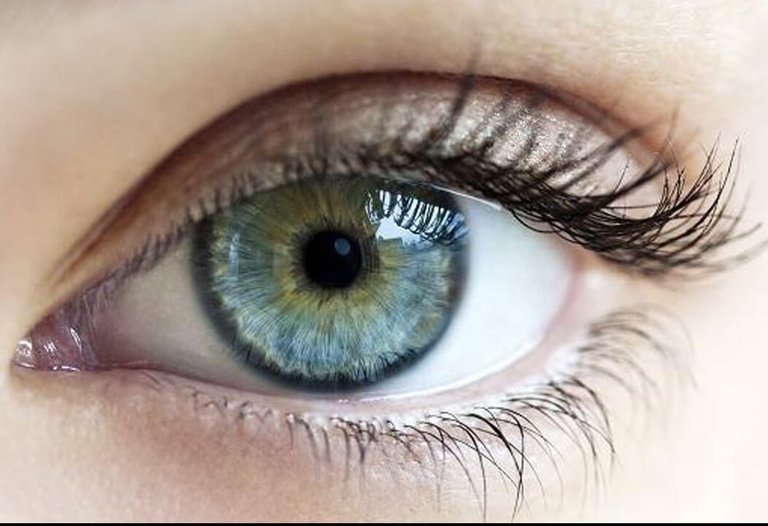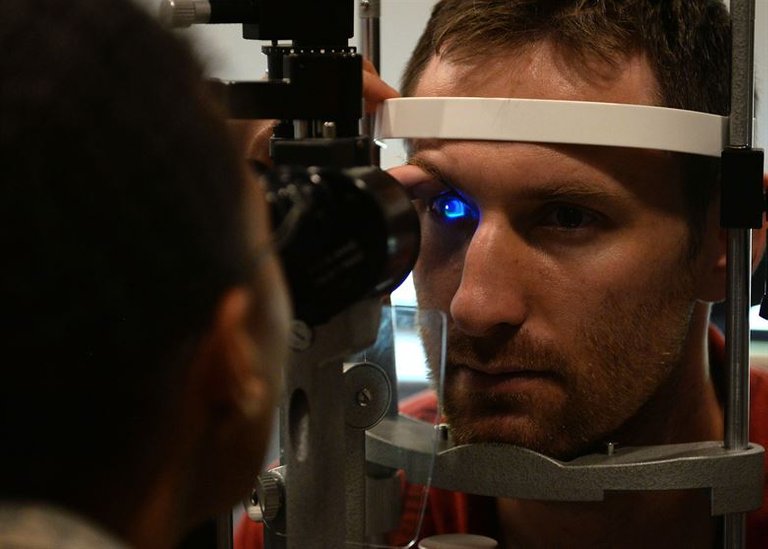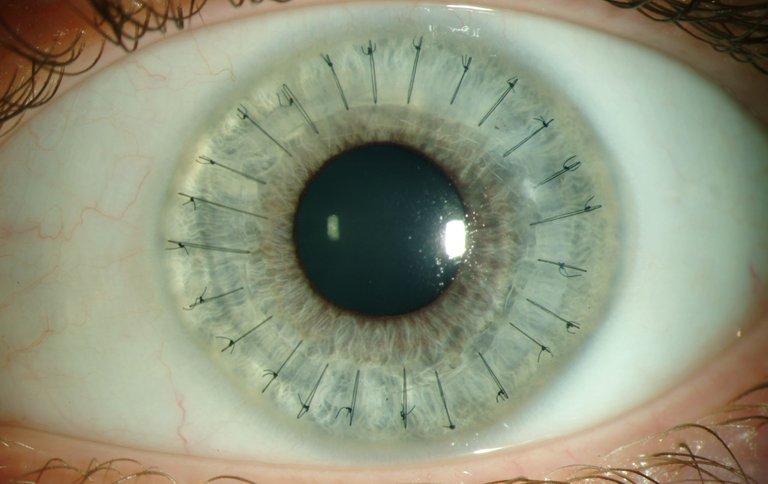KERATOPLASTY

Keratoplasty or corneal transplantation is an invasive surgical process where the damaged or diseased corneal a donor tissue otherwise known as graft, thus another name for the procedure is corneal grafting. The purpose of the procedure is to improve sight, relieve pain and treat severe infections. The procedure is carried out under general anesthesia or local anesthetic. The first corneal transplant was performed in the year 1905 by Edward Zirm. Graft or donor tissue is mostly obtain from a recently deceased person without any known disease or conditions that may affect the patient adversely.
Indications
For one to be eligible to undergo the procedure he or she must have one or more of these conditions, which includes but not limited to cornea scarring, keratoconus, excessive corneal thinning, severe keratitis such as that of pseudomonas aeruginosa etc.

Contraindications
Patients who may be suffering from any one of these conditions may also not be eligible to undergo the surgical process. Patients with active inflammatory conditions such as uveitis, choiditis, retinitis, scleritis, conjunctivitis etc cannot undergo the process until it has be duly treated. Patients with systemic infections such as that of HIV, Hepatitis, Syphilis, Congenital Rubella, TB and Active malaria as at the time of surgery preparation cannot undergo the procedure. Drug abuse via IV, tattooing, body piercing, and prostitution are contraindicated in Corneal grafting.
Types of Keratoplasty
There are two main types of keratoplasty or corneal transplantation, there is the full thickness otherwise known as penetrating keratoplasty and lamellar or partial keratoplasty. In Penetrating Keratoplasty the whole cornea is replaced it is the most common type of keratoplasty. It is Useful in cases where damage or disease involves all the layers of the cornea such as perforating trauma. Graft size of 7.5 mm is normally used. Surgery may be performed in the case of corneal edema, keratoconus or perforating trauma.
There are three types of Lamellar keratoplasty, superficial, deep anterior and endothelial lamellar keratoplasty. Superficial keratoplasty (SK) involves Partial-thickness excision of the corneal epithelium and stroma. Indicated in opacification involving up to the anterior one-third of stroma. The endothelium and part of the deep stroma are left behind as a bed for donor cornea. Suitable For pterygium, limbal dermoid and other tumours. Deep anterior lamellar keratoplasty (DALK) involves Removal of corneal tissue almost to the level of Descemet membrane. Disease involving the anterior 95% of corneal thickness with normal endothelium and the absence of breaks or scars in Descemet membrane. It has the advantage of a decreased risk of rejection. Indicated in Keratoconus without a history of acute hydrops, superficial trauma. Endothelial keratoplasty involves The removal of diseased endothelium along with Descemet membrane (DM) through a corneoscleral or corneal incision. Indicated in endothelial disease such as Fuchs endothelial corneal dystrophy. Advantages include relatively little refractive change and a structurally more intact globe. Faster visual rehabilitation than penetrating keratoplasty and does not require stitches. It's held in place by an air bubble until a few days later, when it naturally sticks to the deep layer of the cornea.

The Good Side of Keratoplasty
Improves VA in conditions such as pseudophakic bullous keratopathy, keratoconus, corneal degeneration, and dystrophy, as well as scarring due to keratitis and trauma. Preserves the corneal anatomy and integrity of cornea in Corneal thinning, perforation. Keratoplasty removes inflamed corneal tissue unresponsive to antibiotics, antivirals or antifungals. Improve the appearance of patients with corneal scars.

Possible Negatives and Side Effects
Graft rejection, Immunosuppressive drug use: cyclosporine A, tacrolimus, mycophenolate mofetil (MMF), sirolimus, leflunomide etc. High IOP and pupillary – block glaucoma. Microbial keratitis, Astigmatism, Shallow AC & wound leak, Wound dehiscence,Disease transmission from donor.

REFERENCES
Brad Bowling (2016). Kanski’s Clinical ophthalmology: A Systematic Approach. 8th edition. Elsevier publishing. Chicago. Pg 240 – 247.
Bernbaum F., Mayweg S., Reis A., Bohringer D., Seitz B., Engelmann K., Messmer E.M., Reinhard T. Mycophenolate mofetil (MMF) following penetrating highrisk keratoplasty: long-term results of a prospective, randomised, multicentre study. Eye 2009;(23): 2063-2070
“Corneal transplant surgery: A guide for patients,” University of Michigan, January 2008.pdf.
Friedman AH. Late traumatic wound rupture following successful partial penetrating keratoplasty. Am J Ophthalmol 1973; 75:117-20.
https://webeye.ophth.uiowa.edu/eyeforum/tutorials/cornea-transplant-intro/index.htm.

What is @bettervision about?
@bettervision is is a project initiated by @nattybongo and friends to give back to the society the knowledge and skill acquired through the Optometric Studies in Kwame Nkrumah University of Science and Technology, Ghana.It is an outreach system where we visit the less privileged communities to offer free eye screening services and education to the people within the community
AIMS AND OBJECTIVES
To reduce or prevent vision loss through diseases such as glaucoma, cataract and refractive errors.
To enlighten the majority of the Ghanaian population about the importance of proper visual care.
To conscientize people on the need for regular eye checks
To get more people to have their wards screened within the Critical periods of a Child’s Vision Development; thus from ages 3 to till about 10 years.
To help the blind and people with low vision live a better life within the society through education of the general public to stop stigmatization.
To help in the fight of extreme poverty that puts the health of people at risk

Our greatest gratitude goes to @fundition @adollaraday @surfyogi @girlsfoundation @bleepcoin @ackza @indigoocean @nanzo-scoop @steemstem @demotruk @pennsif @steem-ambassador @kasho and @wafrica for helping to make the aims and objectives of @bettervision a reality.
Supported by




Hello! I find your post valuable for the wafrica community! Thanks for the great post! We encourage and support quality contents and projects from the West African region.
Do you have a suggestion, concern or want to appear as a guest author on WAfrica, join our discord server and discuss with a member of our curation team.
Don't forget to join us every Sunday by 20:30GMT for our Sunday WAFRO party on our discord channel. Thank you.
What a fascinating procedure, I must say. The picture in which you can see the stitches on the cornea is simply beautiful, I imagine that they are reabsorbible, right?
Posted using Partiko Android
Yes, if not then patient would have to come in later to be removed